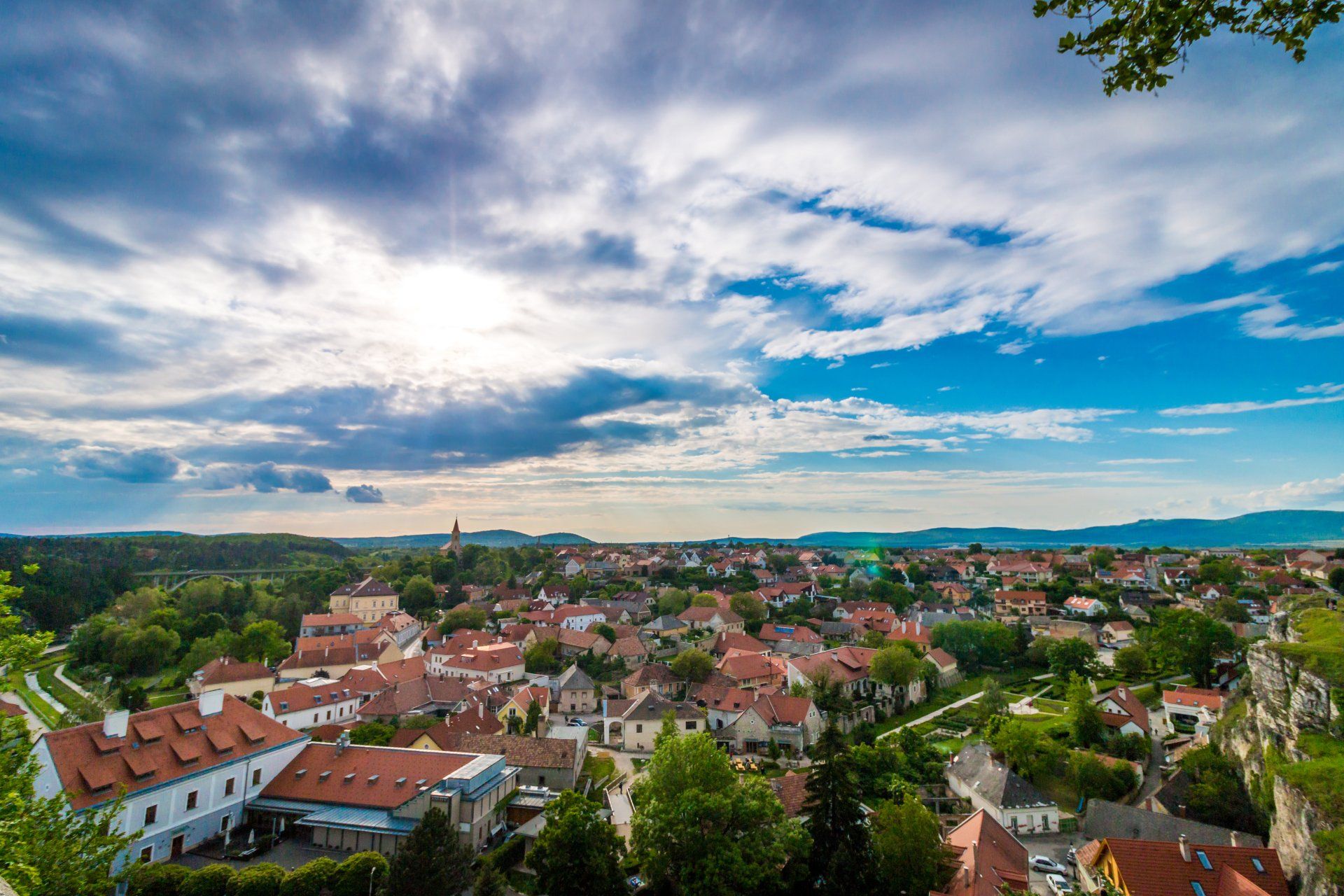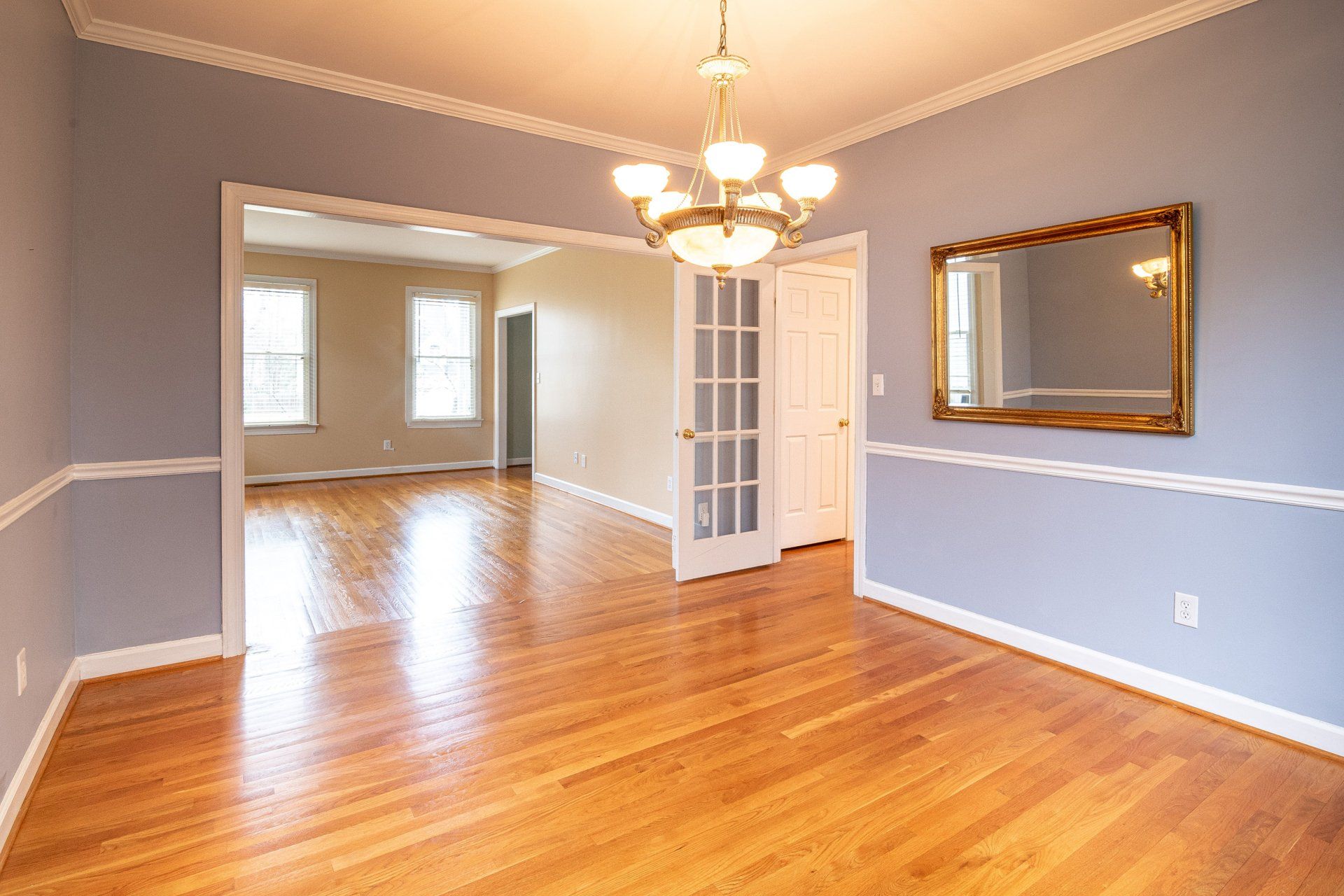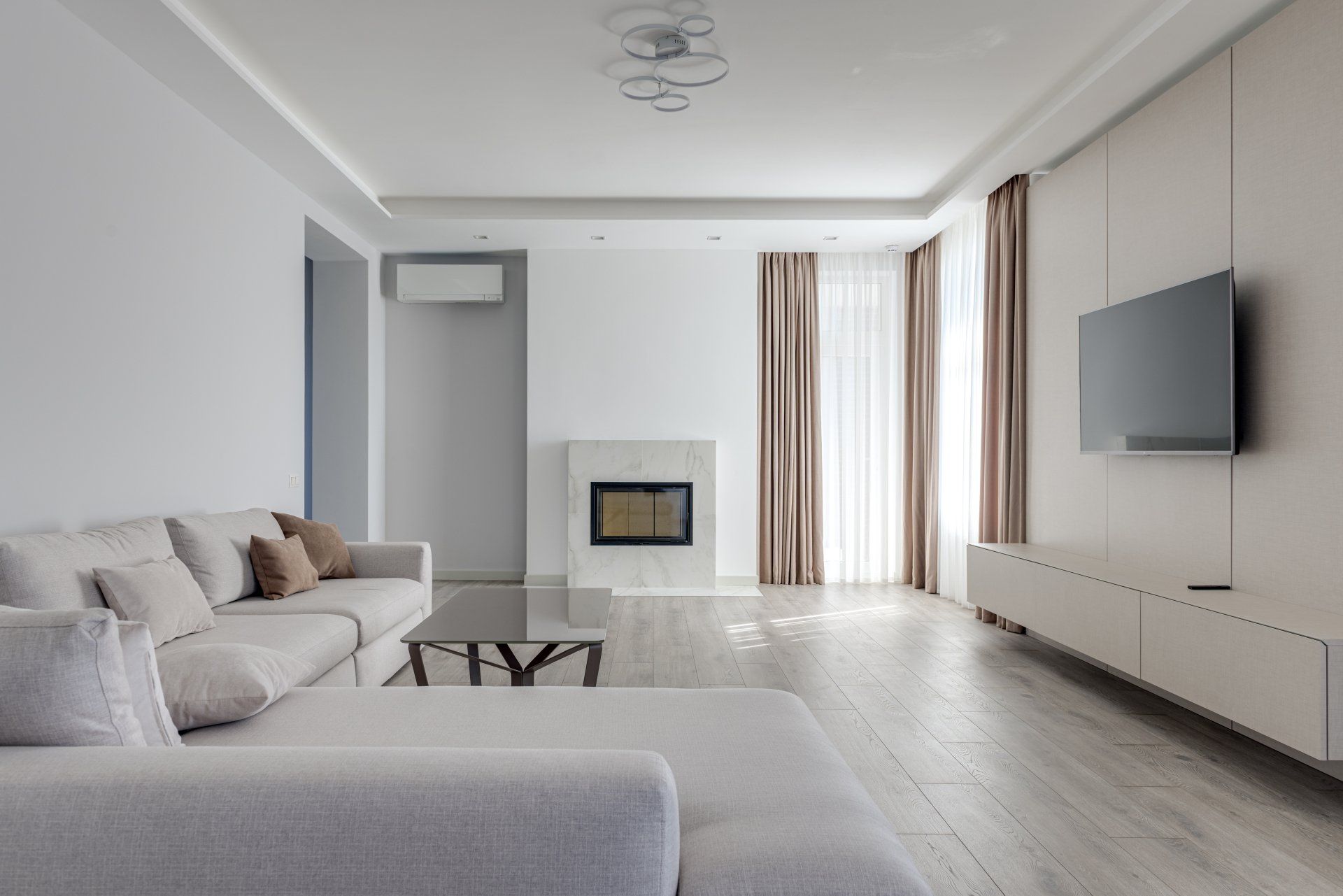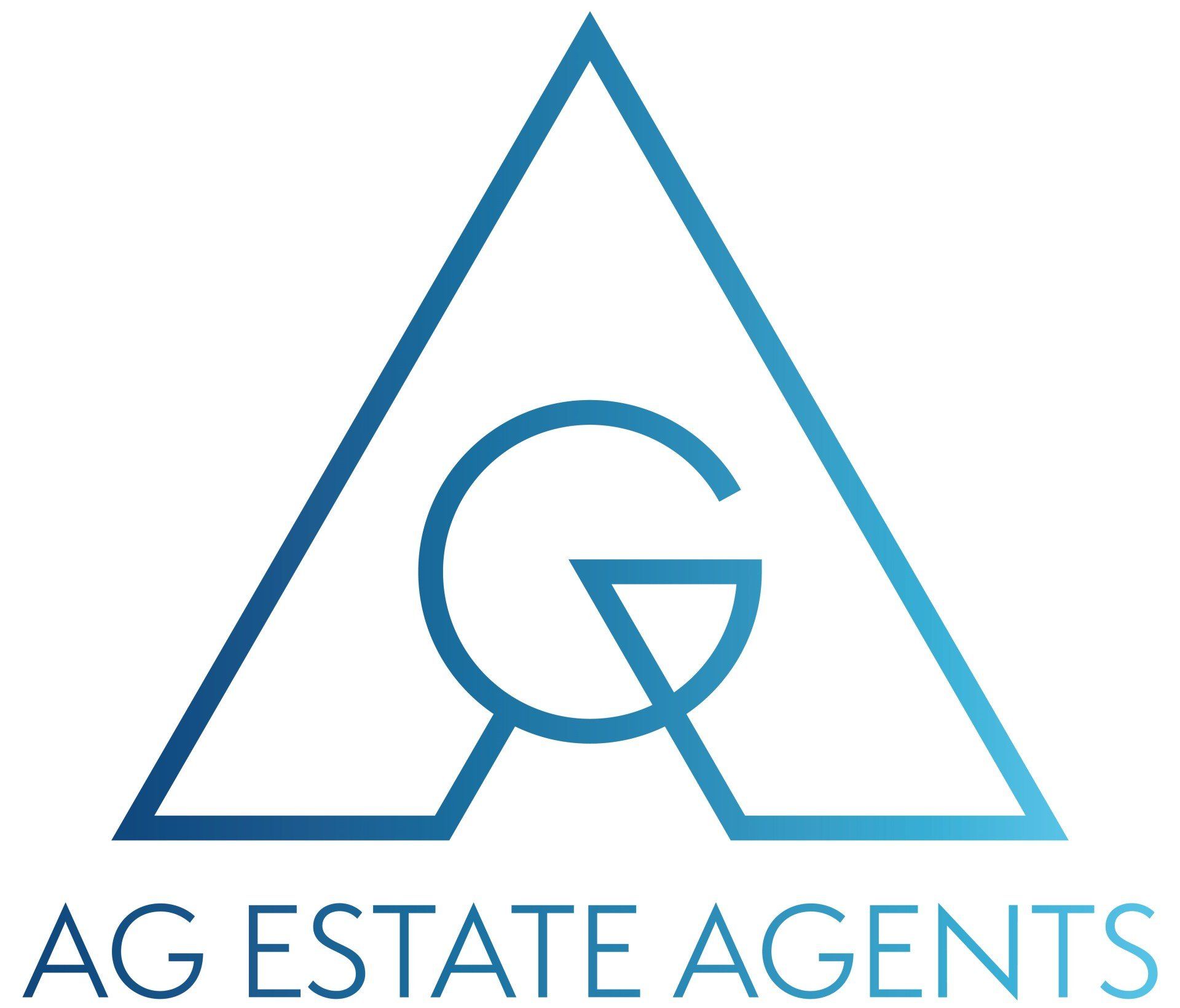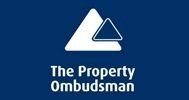Milton Keynes Property Investment: History, Present & Future of Milton Keynes
If you’re currently looking to purchase a property in Milton Keynes to either live in yourself or as a buy to let investment, then you may be interested in how, why, and when the town was first developed as well as what the future holds for the town. In this blog we will be exploring exactly that.
When, how and why was Milton Keynes developed?
To ease housing shortages in London, Milton Keynes was officially born in 1967 through an Act of Parliament, when the Minister of Housing and Local Government decided to designate approximately 22,000 acres in the Buckinghamshire countryside to be used for the development of the new town. The designated area incorporated many of the existing villages. One of the villages was called Milton Keynes, from ‘middle-ton’ the middle town and ‘Keynes’ from the family that once owned the manor.
‘The Master Plan’
‘The Master Plan’ for Milton Keynes was aimed to balance housing and employment for a population of 250,000 people. ‘The Master Plan’ had specific goals such as:
- A grid pattern of roads to separate homes from workplaces
- A town centre containing a shopping centre, leisure facilities and offices
- Park built along the valleys of the rivers
- For each area of housing to contain a mixture of homes and facilities
- Local shops and schools to be in a way that were accessible on foot and by car
- Pathways, bridges, and underpasses to allow pedestrians and cyclists to travel around the town safely.
Milton Keynes Now:
The councils 2016 – 2031 Plan states that ‘The Borough is one of the fastest growing local authorities in the UK with a large, diverse and dynamic local economy with more jobs than resident workers, resulting in net in-commuting. It has one of the highest start-up rates for new businesses of any local authority and the Milton Keynes workforce is one of the most productive in the country. The majority of all Borough businesses, nearly 90% in 2015, are micro-businesses employing 9 employees or less. Milton Keynes has performed better than many other parts of the UK because it is dominated by the private sector, with around four private sector jobs to every one public sector job. Increases in private sector employment have driven the local economy forward, offsetting public sector job losses, and the overall number of jobs within the Borough has continued to grow. At £10.9 billion in 2015, the local economy is bigger than that of Northampton and Luton and approaching that of some of England’s major cities such as Leicester and Nottingham.’
The Future of Milton Keynes:
Milton Keynes Council have on several occasion attempted to make the town an official city and have again submitted a bid to be granted formal city status as part of Her Majesty The Queen’s platinum Jubilee Celebrations in 2022.
Milton Keynes council have said that ‘By 2031 Milton Keynes will be known internationally as a great city within a thriving rural hinterland. Its thriving knowledge-based economy, its first class lifelong education and training, its diverse population with their excellent, lively and varied culture, its sport and leisure opportunities, and its range of different, high quality places to live, together with the green, open and spacious layout and a transport system that makes its facilities easily accessible to all, will have enhanced its reputation as a pleasurable and exciting place to live, work, play and visit.’
House Building Plans:
As part of the councils plan for 2016 – 2031 the council intend to deliver land for a minimum of 26,500 net new homes within the Borough between 2016 and 2031, principally within and adjacent to the city as predictions are set for the population of the "metropolitan Milton Keynes city area", which includes settlements in the neighbouring local authority areas of South Northamptonshire, Aylesbury Vale and Central Bedfordshire, could rise from 315,000 to 500,000 by the year 2050.
Between the years of 2017 – 2020 alone, 5,342 homes have been built within Milton Keynes, of which 1,149 were affordable homes.
The Experian forecast in ‘The Milton Keynes Economic Growth and Employment Land Study’ states ‘From 2016 to 2031 the greatest increase in the number of jobs within the Borough is forecast to come from two key sectors Land Transport, Storage and Post (4,500 jobs) and Professional Services (4,400 jobs). The number of jobs is also forecast to grow in other sectors of the economy such as Accommodation & Food services, Administrative & Supportive Services, Computing and Finance. Jobs in Residential Care, Health and Education are also expected to increase. While no growth in the overall number of jobs in industry is forecast, some smaller sub-sectors of industry are likely to experience some growth locally.’
Milton Keynes Property Prices:
The average property price in Milton Keynes in January 2000 stood at just £73,465 and in November 2021 the average property price increased to £289,395, an increase of 294% over a twenty-year period. Property prices in Milton Keynes in November 2021 were £18,687 higher than the UK average.
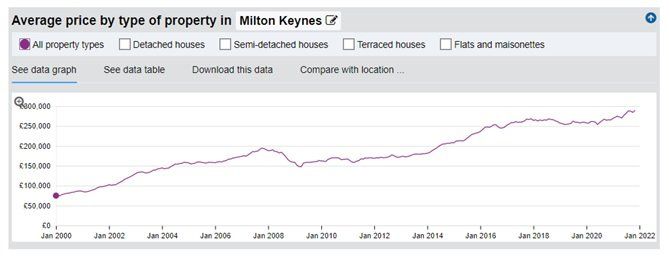
If you would more information about the Milton Keynes housing market, then feel free to contact us on 0208 614 0740.
